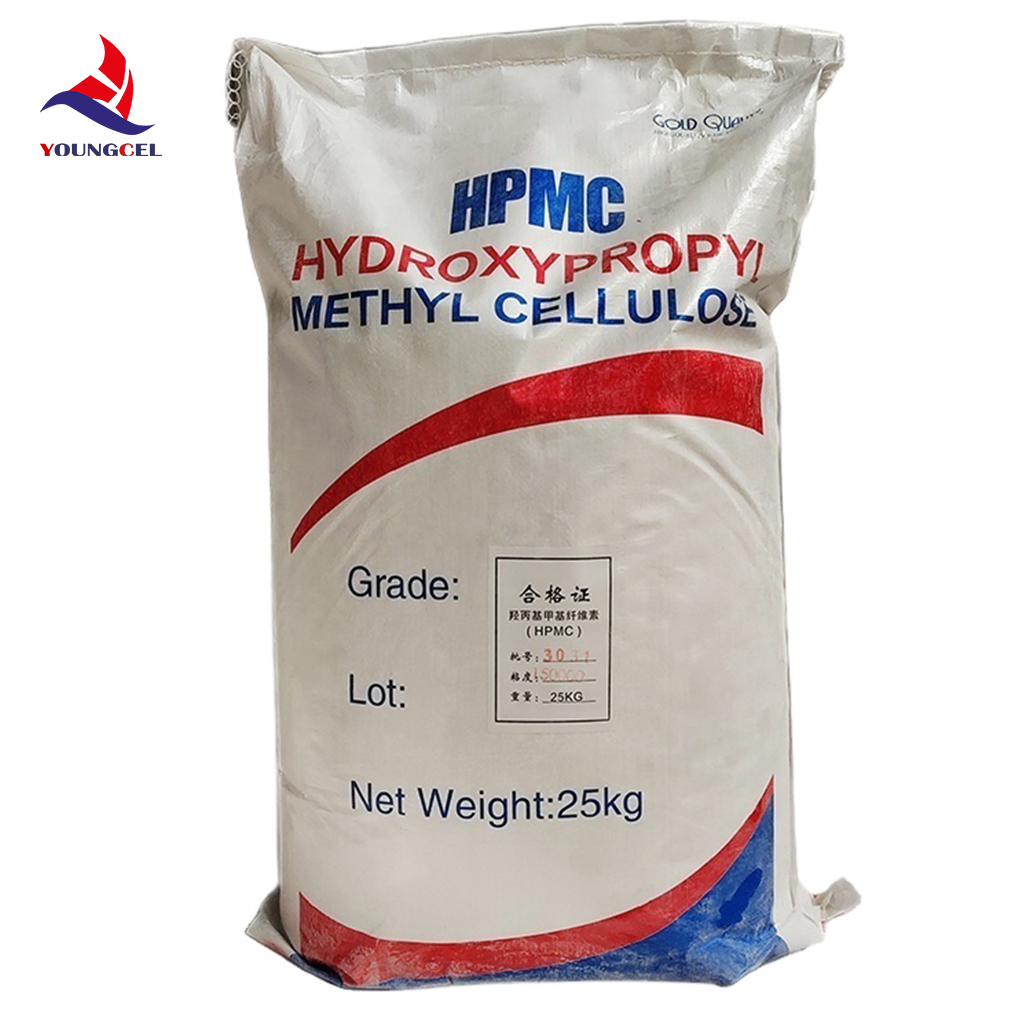HPMC Manufacturing Plant An Overview
Hydroxypropyl Methylcellulose (HPMC) is a critical polymer used across various industries, including pharmaceuticals, food, construction, and personal care. The HPMC manufacturing plant plays a vital role in producing this versatile compound, delivering high-quality materials that meet diverse customer needs. This article explores the significance, processes, and challenges of HPMC manufacturing, shedding light on its importance in modern applications.
Significance of HPMC
HPMC is a cellulose derivative that exhibits unique properties such as solubility in water, film-forming capabilities, and high thermal stability. These characteristics make HPMC indispensable in the formulation of pharmaceuticals as a binder, stabilizer, and controlled-release agent. Moreover, in the food industry, it is utilized as a thickening agent and emulsifier, while in construction, HPMC enhances the workability of mortars and plasters.
Given the versatile applications of HPMC, the demand for this polymer has been on the rise. Thus, HPMC manufacturing plants are essential for ensuring a steady supply of high-quality products that meet strict regulatory standards across different sectors.
Manufacturing Process
The production of HPMC involves several key steps that ensure consistency and quality. The process begins with the selection of raw materials, primarily cellulose. The cellulose is then treated with a series of chemical reactions involving propylene oxide and methyl chloride to achieve the desired hydroxypropyl and methyl substitution levels.
1. Pre-Consumption Preparation The cellulose is first sourced and purified to remove any impurities. This step is crucial, as the quality of raw materials directly impacts the final product's characteristics.
2. Esterification The purified cellulose undergoes etherification, where it is reacted with methyl and propylene oxide. This process modifies the cellulose backbone to introduce hydroxypropyl and methyl groups, transforming it into HPMC.
hpmc manufacturing plant

3. Drying and Milling The HPMC solution is then dried and milled to produce a fine powder. The drying process ensures that the product has the right moisture content, which is critical for its stability and usability.
4. Quality Control Throughout each stage of the manufacturing process, stringent quality control measures are implemented. This includes evaluating the viscosity, solubility, and purity of the product to ensure compliance with international standards.
5. Packaging and Distribution Once the quality checks are complete, the HPMC is packaged and prepared for distribution. Manufacturers strive to optimize their logistics to ensure timely delivery to various industries.
Challenges in Manufacturing
Despite the importance of HPMC manufacturing, several challenges persist. One of the major concerns is the environmental impact of chemical processes involved in production. Manufacturers are increasingly adopting sustainable practices, such as utilizing renewable resources and reducing waste.
Additionally, fluctuating raw material prices can affect production costs and inventory management. To mitigate these risks, efficient supply chain management and strategic partnerships with suppliers are essential.
Furthermore, the need for continuous innovation is critical. As industries evolve and demand for advanced formulations increases, HPMC manufacturers must invest in research and development to improve their products and processes continuously.
Conclusion
The HPMC manufacturing plant is a cornerstone in the production of Hydroxypropyl Methylcellulose, a polymer with extensive applications across various industries. Through meticulous processes and stringent quality controls, these plants ensure that high-quality HPMC is available to meet the growing demands of modern applications. While challenges exist, the continued evolution and adaptation of manufacturing practices promise a sustainable future for HPMC production. Investing in innovation and sustainable practices will be key to navigating the complexities of the market and enhancing the role of HPMC in various applications.






